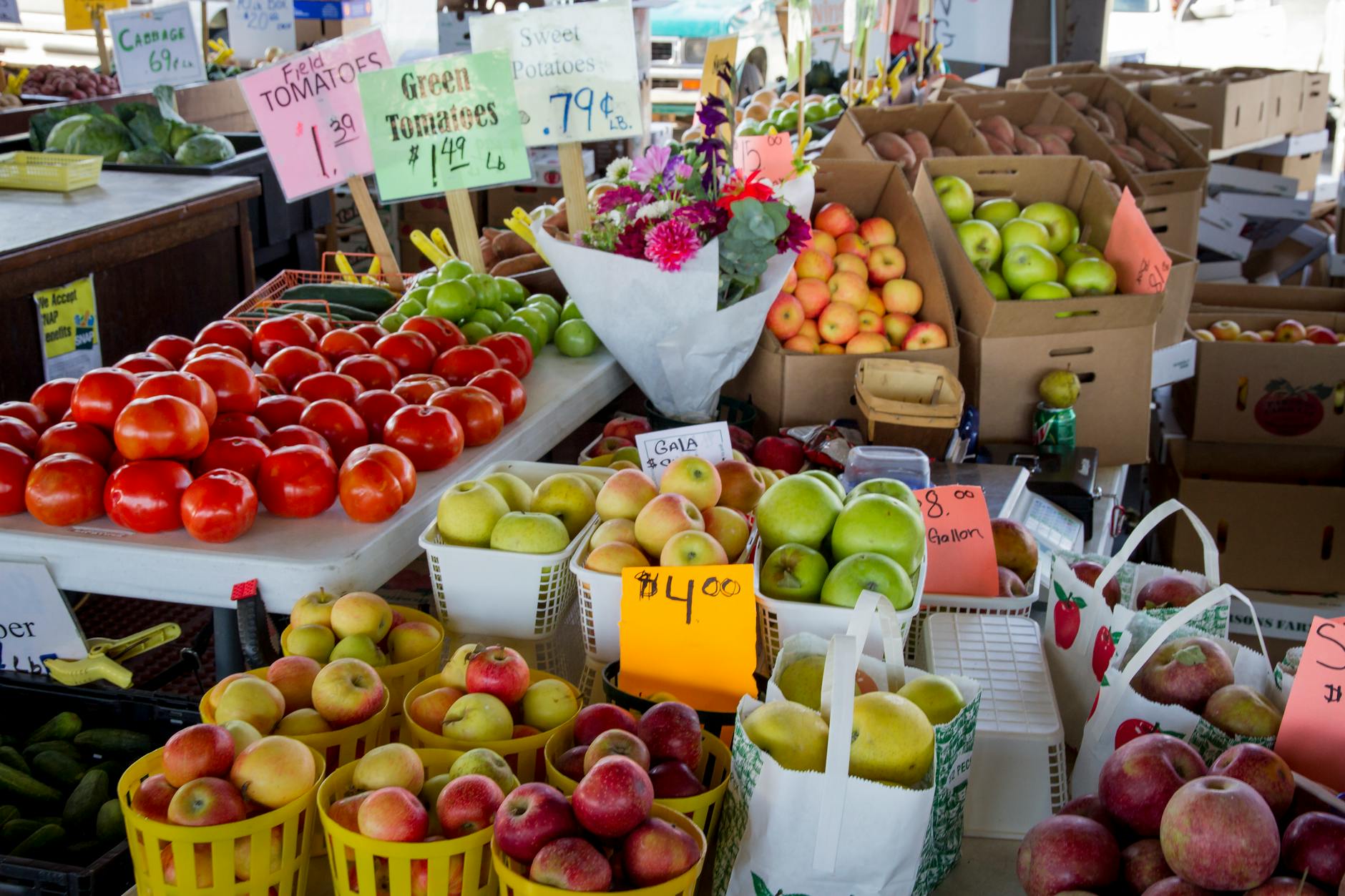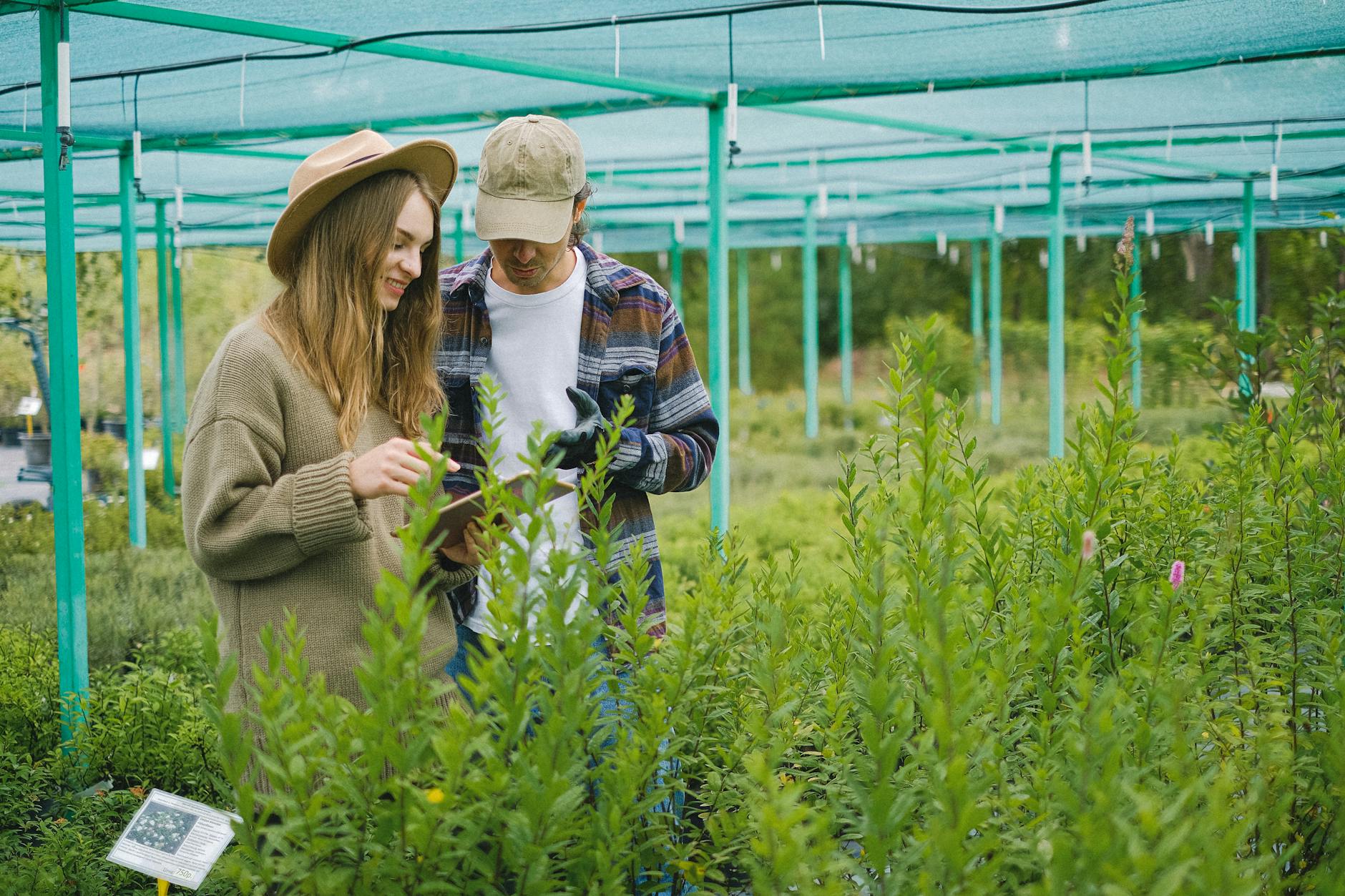How to Integrate Sustainable Practices in Kids Activewear in Australia

Understanding Sustainable Practices
In our activewear journey, it's crucial to embrace sustainable practices that benefit the planet and the community. Let's kick things off by highlighting some key environmental concepts central to this movement. At its core, sustainability in clothing involves the conscientious use of resources like water and energy, aiming to reduce waste and lower carbon emissions.
Creating sustainable activewear brings numerous benefits to our environment. By opting for eco-conscious choices, we lessen the strain on our natural resources, preserve ecosystems, and contribute to the fight against climate change. Beyond environmental gains, there's an undeniable social responsibility that accompanies sustainable actions. Ethical production methods can enhance community well-being, supporting fair wages and safe working conditions across the globe.
One practical application of sustainable choices can be observed during a family day out at the South Bank Parklands. When selecting sportswear from nearby shops, like those situated in the Indooroopilly Shopping Centre, consider activewear that embodies these principles. While hunting for stylish essentials in these local spots, keep an eye out for options like shapewear or comfortable womens bras crafted with sustainable methodologies. Even when shopping for baby clothes australia, integrating eco-friendly choices reflects our broader commitment to bettering the environment.
Mitchell Reed, our passionate Melbourne designer, may find inspiration in these ideals, adopting elements of sustainability into art and wearable designs that echo his unique, aesthetic-driven personality.
Materials in Kids Activewear
Eco-Friendly Fabrics
The choice of eco-friendly fabrics in kids' activewear is pivotal for sustainable sportswear. Organic cotton, bamboo, and recycled polyester are excellent choices as they reduce environmental impact without compromising comfort womens underwear. These materials not only support ecological balance but also provide the flexibility and breathability essential for energetic young athletes. Parents looking for sustainable options will find these fabrics ideal for their children’s active lifestyles, especially for adventures in places like the vibrant South Bank Parklands.
Breathable and Durable Options
As a physical education teacher in Brisbane, I believe that breathable and durable fabrics are crucial for active kids. Lycra blends and merino wool are outstanding for their ability to wick away moisture while ensuring durability, making them perfect for frequent use. These materials help maintain comfort during sports activities, whether it’s a run at the Queensland Sport and Athletics Centre or playing at local sports shops like those in Indooroopilly Shopping Centre.
Certifications to Look For
When selecting activewear, certifications guarantee the eco-friendliness of products. Look for labels such as OEKO-TEX Standard 100 or GOTS (Global Organic Textile Standard) to ensure the garments meet rigorous environmental standards. Additionally, items like a versatile onesie for kids should carry these certifications, ensuring safety and sustainability. By integrating certified products, you’re not just choosing apparel—you're making a conscious decision towards a sustainable lifestyle for your young athletes.
Design Elements for Sustainability
Sustainability in activewear isn't just about the fabrics; it’s also about incorporating thoughtful design elements. One essential feature is multifunctionality, which can revolutionise your sports wardrobe. Imagine having a dressing gown that doubles as a comfy sports cover-up—a blend of practicality and style.
Aesthetic considerations play a critical role too. Investing in items that offer unique, bold designs doesn't mean compromising on eco-friendliness. For an aesthetic edge, you might want to explore plus size clothing that combines flamboyant prints with sustainable materials, allowing for personal expression without a hefty environmental cost. This unique approach echoes the styles often found in Melbourne's vibrant fashion scene.
Upcycling and DIY ideas offer creative solutions to sustainability. Re-purpose materials you already have at home to craft unique pieces. Sew together old sports jerseys or transform worn-out leggings into headbands or scrunchies. Not only do these projects reduce waste, but they also provide an opportunity for personalisation, much like the bespoke items you’d find in local fashion pop-ups.
Embracing these design elements allows you to be both eco-conscious and fashion-forward. Next time you’re at the Indooroopilly Shopping Centre, keep an eye out for brands prioritising sustainable options. A little creativity can make a big impact on your wardrobe and the planet.
Production and Sourcing
Ethical Manufacturing Techniques
When we dive into ethical manufacturing techniques, there's a focus on practices that uphold worker rights and minimise environmental impacts. Ethical standards ensure factories provide safe working conditions and fair wages, while production methods seek to reduce waste and carbon emissions. Here in Australia, we can take inspiration from some local designers who are committed to these ideals, ensuring that the baby clothes we choose are not only stylish but responsibly made.
Supporting Local Producers
Supporting local producers is crucial in nurturing a sustainable economy. By prioritising local Australian brands, we help reduce transport emissions and boost community development. Even when shopping at popular spots like Indooroopilly Shopping Centre, choosing homegrown products can make a significant impact. Locally produced items often feature unique design elements that reflect our rich cultural heritage, which you might not find in imported counterparts.
Understanding Supply Chains
Understanding supply chains is integral to making informed choices. A transparent supply chain allows us to trace each garment's journey—from raw materials to finished products. This transparency reassures us about the ethical practices involved. It's not just about knowing where your camisole or any activewear comes from; it’s about ensuring each step aligns with your values. Well-documented supply chains highlight sustainable methods, allowing us to make conscientious purchase decisions. Having this awareness can guide us in choosing sportswear that aligns with our values, bridging the gap between style, comfort, and responsibility.


